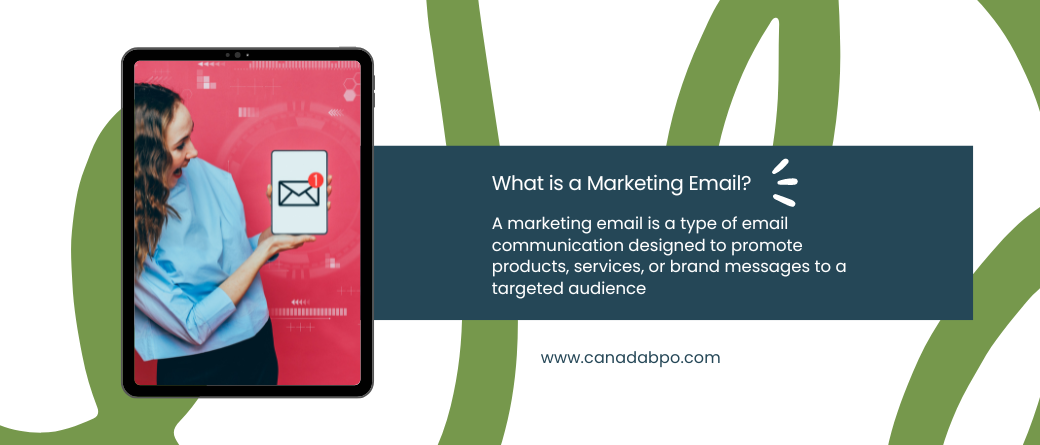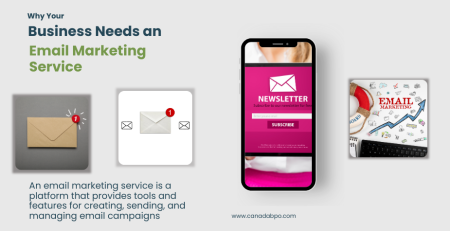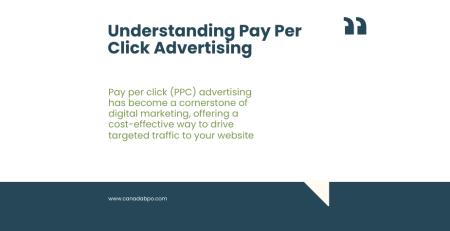Marketing emails are a vital component of modern digital marketing strategies. This blog post will explain what a marketing email is, its key components, and how to use it effectively to engage with your audience and drive results.
What is a Marketing Email?
A marketing email is a type of email communication designed to promote products, services, or brand messages to a targeted audience. This section will cover:
- Definition of a Marketing Email:
- Concept Overview: An email sent to a list of subscribers or potential customers with the goal of driving engagement, sales, or brand awareness.
- Purpose of Marketing Emails: How marketing emails help businesses build relationships, generate leads, and increase conversions.
- Types of Marketing Emails:
- Promotional Emails: Emails that offer special deals, discounts, or product launches.
- Transactional Emails: Emails sent in response to specific actions, such as order confirmations or account updates.
- Newsletter Emails: Regular updates containing valuable content, news, and insights to keep subscribers informed.
- Behavioral Emails: Emails triggered by user behavior, such as cart abandonment reminders or personalized recommendations.
- Benefits of Using Marketing Emails:
- Direct Communication: Enables direct communication with a targeted audience.
- Cost-Effectiveness: A relatively low-cost marketing channel with high ROI potential.
- Measurable Results: Provides measurable metrics such as open rates, click-through rates, and conversion rates.
Key Components of an Effective Marketing Email
To create impactful marketing emails, certain elements must be included. This section will explore:
- Subject Line:
- Importance: The subject line is crucial for grabbing the recipient’s attention and encouraging them to open the email.
- Best Practices: Tips for writing compelling subject lines, such as being clear, concise, and using personalization.
- Preheader Text:
- Definition: The short summary text that appears next to or below the subject line in the inbox.
- Best Practices: Crafting preheader text that complements the subject line and entices readers to open the email.
- Body Content:
- Relevance: The content should be relevant to the recipient’s interests and needs.
- Clarity: Clear and concise messaging that communicates the main point effectively.
- Value Proposition: Highlighting the benefits and value of the offer or information being presented.
- Call to Action (CTA):
- Definition: A prompt that encourages recipients to take a specific action, such as “Shop Now,” “Learn More,” or “Sign Up.”
- Best Practices: Creating compelling CTAs that are visually prominent and clearly communicate the desired action.
- Visuals and Design:
- Importance: Using images, graphics, and a well-designed layout to enhance engagement and readability.
- Best Practices: Ensuring the design is mobile-friendly and aligns with your brand’s visual identity.
- Footer:
- Components: Including necessary information such as contact details, unsubscribe links, and legal disclaimers.
- Best Practices: Providing clear options for recipients to manage their subscription preferences.
Crafting an Effective Marketing Email Campaign
Developing a successful email marketing campaign involves several strategic steps. This section will cover:
- Building and Segmenting Your Email List:
- List Building: Techniques for growing your email list, such as offering incentives and using lead magnets.
- Segmentation: How to segment your email list based on factors like demographics, behavior, and engagement levels to send targeted content.
- Designing and Testing Your Emails:
- Email Design: Creating visually appealing emails that align with your brand and campaign goals.
- A/B Testing: Testing different elements of your emails, such as subject lines and CTAs, to determine what works best.
- Scheduling and Automation:
- Scheduling: Planning the timing and frequency of your email campaigns for optimal impact.
- Automation: Setting up automated email workflows for nurturing leads, re-engaging inactive subscribers, and more.
- Monitoring and Analyzing Performance:
- Key Metrics: Tracking metrics such as open rates, click-through rates, conversion rates, and unsubscribe rates.
- Analyzing Results: Using data insights to evaluate campaign performance and make data-driven improvements.
Best Practices for Successful Marketing Emails
To maximize the effectiveness of your marketing emails, consider these best practices:
- Personalization: Tailoring content and offers based on recipient preferences and behavior.
- Mobile Optimization: Ensuring emails are optimized for mobile devices, as a significant portion of emails are read on smartphones.
- Compliance: Adhering to email marketing regulations, such as GDPR and CAN-SPAM, to maintain trust and avoid legal issues.
- Continuous Improvement: Regularly reviewing and refining your email marketing strategy based on performance data and feedback.
Marketing emails are a powerful tool for engaging with your audience and driving business growth. By understanding what a marketing email is and focusing on key components, strategic planning, and best practices, you can create effective email campaigns that deliver results.
Looking to elevate your email marketing strategy? Contact us today to learn how our expertise can help you craft compelling marketing emails and achieve your marketing goals.










